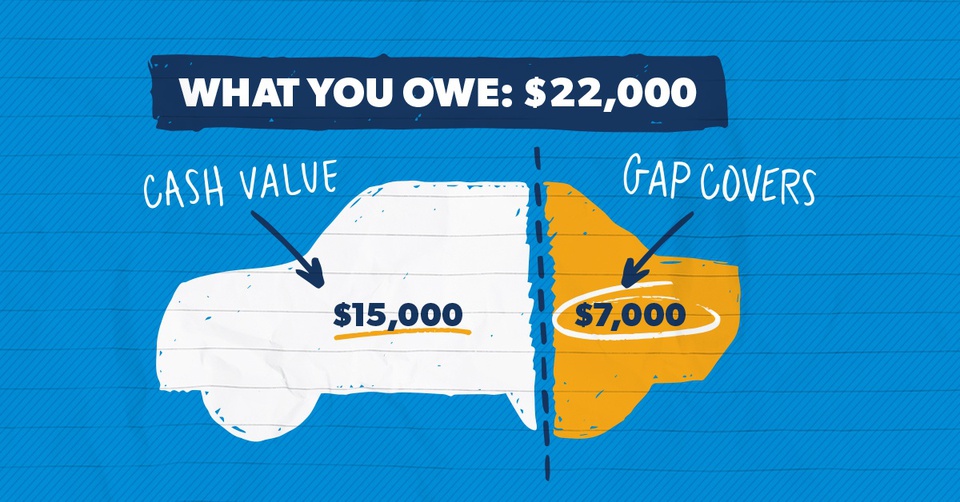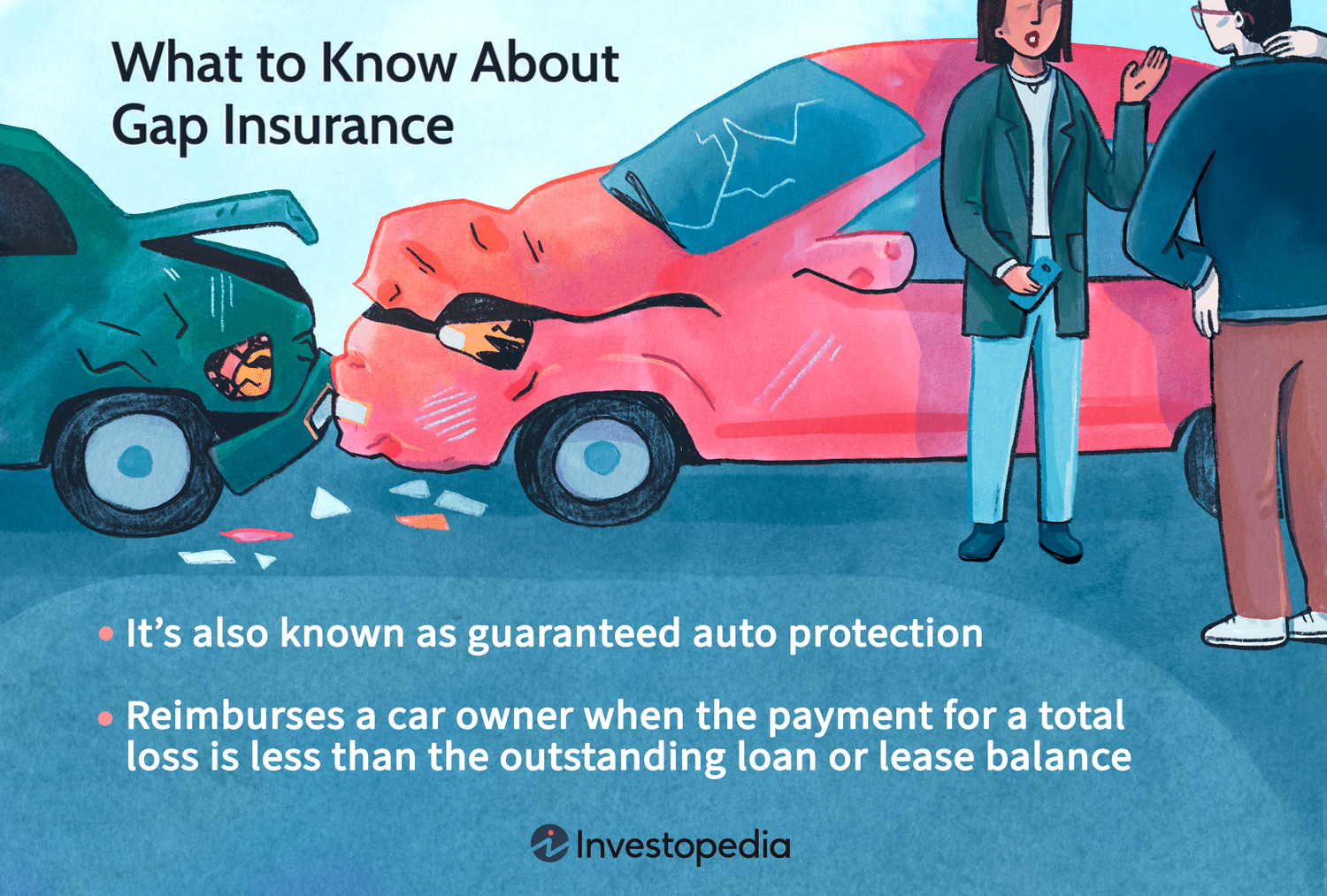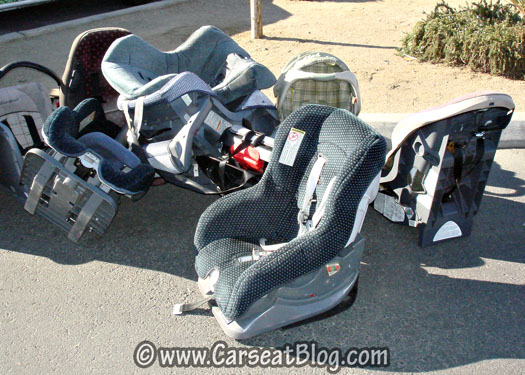Can You Get Gap Insurance on a Used Car
Yes, you can get gap insurance on a used car. Many insurers offer this coverage for both new and pre-owned vehicles.
Gap insurance, an optional car insurance coverage, bridges the gap between the amount owed on a vehicle and its actual cash value in the event of theft or total loss. While it’s typically associated with new cars due to their rapid depreciation, used vehicles can also benefit from gap insurance.
Understanding the specifics of your vehicle’s value and your loan balance is crucial when considering gap insurance for a used car. It’s a safeguard for car buyers who finance their purchase, especially if you might owe more than the car’s market value. Selecting the right policy means assessing your financial situation and the terms of your car loan to determine if gap insurance is a prudent choice for your used vehicle.

Credit: nkyinsurance.com
Gap Insurance Basics
Welcome to your go-to guide on gap insurance for used cars! Learning about gap insurance is a smart move for any car owner.
What Is Gap Insurance?
Gap insurance, or “Guaranteed Asset Protection” insurance, is an optional policy. It covers the difference (the “gap”) between what you owe on a vehicle and its actual cash value (ACV) if your car is totaled or stolen. This is crucial because cars depreciate over time.
Gap Insurance: New Vs. Used Cars
Many believe gap insurance is only for new cars, but that’s a myth. You can get gap insurance on a used car too! In fact, the right gap policy can be a financial lifesaver, regardless of your car’s age. Here’s how gap coverage differs:
| Car Type | Gap Insurance Need |
|---|---|
| New Car | More commonly needed due to rapid depreciation after purchase. |
| Used Car | Useful if the loan amount exceeds the car’s current market value. |
Remember, policies may vary, so checking details with insurers remains vital. Choose wisely and drive with peace of mind!

Credit: www.caranddriver.com
Eligibility For Gap Insurance
When buying a used car, many people wonder about Gap Insurance. This coverage can provide peace of mind. It bridges the gap between what an insurance company pays if the car is totaled and what is still owed on it. Here’s how you can tell if you’re eligible for Gap Insurance on a pre-owned vehicle.
Qualifying For Gap Insurance With A Used Car
Gap Insurance isn’t just for new cars. Many insurance providers allow owners of used cars to add Gap Insurance. Here are several key factors that may influence eligibility:
- The age of the vehicle. Most insurers have an age limit for vehicles eligible for Gap Insurance.
- The financing terms. Loans with longer repayment terms may need extra protection.
- The loan-to-value ratio. A higher amount financed relative to the car’s value could necessitate Gap coverage.
Limitations And Exclusions
Understanding potential limitations and exclusions ensures informed decisions. Having clarity about these aspects is crucial:
- Vehicle use. Some insurers exclude cars used for ride-sharing or business.
- Coverage caps. Providers might set maximum loss limits on policies.
- Down payment. Large down payments on your car could disqualify you from Gap Insurance.
- Prior damage or salvage titles. Vehicles with a salvage title or pre-existing damage are often ineligible.
Note that specific details can vary by insurance provider. Always check the terms with the insurer.
Advantages Of Gap Insurance For Used Cars
Think you don’t need gap insurance because you’re buying a used car? Think again! Even for used vehicles, gap insurance offers essential benefits. It bridges the gap between the car’s value and the amount you owe on it. Let’s look at just how gap insurance can be a used car owner’s best friend.
Protection Against Deprecation
When you drive a new car off the lot, it loses value fast. Used cars depreciate too, just at a slower pace. It’s a little-known fact that used cars can still be worth less than the loan balance, especially in the first years of ownership. Gap insurance steps in to cover this ‘gap’.
- Depreciation doesn’t discriminate: Whether new or used, all cars depreciate.
- Peace of mind: Drive without the worry of owing more than the car’s worth.
Financial Security In Total Loss Scenarios
A car accident could leave your used car totaled. Your regular car insurance might not cover the full loan amount. Gap insurance ensures that you won’t have to pay out of pocket. It covers the difference between the insurance payout and the remaining loan balance. Here’s why this matters:
- Total coverage: You won’t be stuck paying for a car you can no longer use.
- Loan protection: Keeps your credit score safe by avoiding loan defaults.

Credit: www.sansoneauto.com
How To Purchase Gap Insurance
Imagine driving off the lot with a used car that you just bought. You got a great deal, but what if an accident totals your car? Your auto insurance may not cover the entire amount you owe. This is where Gap insurance steps in. It pays the difference between your car’s value and what you owe. This gives you peace of mind. Let’s explore how to secure Gap insurance for your used vehicle.
Gap Insurance Providers For Used Vehicles
Finding the right provider is key.
- Contact your auto insurance company.
- Ask if they offer Gap insurance for used cars.
- Research online for standalone Gap insurance carriers.
- Check reviews and rates before you decide.
Assessing Your Coverage Needs
Before you buy, know your needs. Consider your car loan balance, car value, and insurance coverage. Here’s how:
- Look at your car loan to see your balance.
- Use online tools to find your car’s current value.
- Compare this with your current insurance coverage.
- If there’s a gap, then Gap insurance may be right for you.
Comparing Costs And Benefits
Understanding the financial implications of car ownership is crucial. Especially, when considering Gap insurance for a used car. You stand before a classic case of weighing costs against benefits. This comprehensive analysis guides you through the nuances of Gap insurance premiums. It also helps you decide when this coverage is essential for your used vehicle.
Evaluating Gap Insurance Premiums
Considering Gap insurance demands attention to cost details. This table simplifies the comparison.
| Insurer | Average Premium | Coverage Limit |
|---|---|---|
| Insurer A | $300 | $50,000 |
| Insurer B | $350 | $25,000 |
| Insurer C | $250 | $40,000 |
These figures merely examples. Yet, they highlight the variance in premiums. Purchasers must consider specific vehicle factors influencing rates. Securing quotes from multiple insurers proves insightful.
When Is Gap Insurance Worth It?
Determining the value of Gap insurance involves several key factors. Reflect on these bullet points:
- Car Value Depreciation: Fast-depreciating vehicles merit Gap insurance coverage.
- Loan Terms: Lengthy finance periods may benefit from this added protection.
- Down Payment: Small initial payments could result in owing more than the car’s worth.
- Usage Pattern: High mileage annually can lower the car’s value swiftly.
Gap insurance makes the most sense when you owe more than your car’s current market value. This typically happens early in your loan or if you’ve chosen an extended payment period. Balancing this coverage against your car’s depreciation curve is smart financial planning.
Gap Insurance Claim Process
Gap insurance is a savvy option for covering the difference between your vehicle’s actual value and the amount you owe on it. This difference can be significant, especially with a used car where depreciation plays a big role. Understanding the claim process for gap insurance on a used car is a straightforward task. It ensures you breeze through unexpected financial setbacks after an accident or theft.
Filing A Claim For Your Used Vehicle
Initiating a gap insurance claim is crucial when you’re facing a total loss situation. Time is of the essence.
- Report the incident to your auto insurance company immediately.
- Contact your gap insurance provider with your claim number at hand.
- Provide documentation: a copy of the accident or police report, and your insurance settlement letter.
- Review your policy details, ensuring the claim falls within the coverage limits.
- Follow your gap insurance provider’s instructions for any additional paperwork.
Common Pitfalls To Avoid
Avoiding common errors can streamline your gap insurance claim and improve your chances of a favorable outcome.
- Timeliness: Don’t delay in reporting the incident to both your auto and gap insurance providers.
- Documentation: Gather all necessary documents early on. Misplaced or incomplete paperwork can delay processing.
- Understanding Coverage: Know your policy’s specifics. Not all situations are covered under gap insurance.
- Communication: Maintain clear and consistent communication with your insurers throughout the process.
Frequently Asked Questions For Can You Get Gap Insurance On A Used Car
Is Gap Insurance Available For Used Vehicles?
Yes, gap insurance is available for used vehicles. You can purchase it from car insurers, finance companies, or online providers. It’s essential to compare policies to ensure you’re getting suitable coverage for your needs.
How Does Gap Insurance Work On A Used Car?
Gap insurance covers the difference between your car’s actual cash value and the amount you owe on it. If your used car is totaled or stolen, gap insurance can help pay off the loan balance that isn’t covered by your standard auto insurance policy.
Can I Buy Gap Insurance After Purchasing A Used Car?
You can buy gap insurance after purchasing a used car, but it’s usually available within a set time after the vehicle purchase. Check with specific insurers for their time frame, which may range from a few days to several months.
Does Gap Insurance Cover Car Depreciation?
Gap insurance specifically addresses depreciation by covering the gap between your vehicle’s depreciated value and what you owe. While it doesn’t prevent depreciation, it provides financial protection against the effects of rapid depreciation in the event of a total loss.
Conclusion
Securing your automotive investment is crucial, even with pre-owned vehicles. Thankfully, gap insurance isn’t reserved solely for brand-new cars. Used car buyers can also enjoy this financial safety net. Always consult with your insurer to tailor coverage to your needs and keep your peace of mind intact while on the road.



